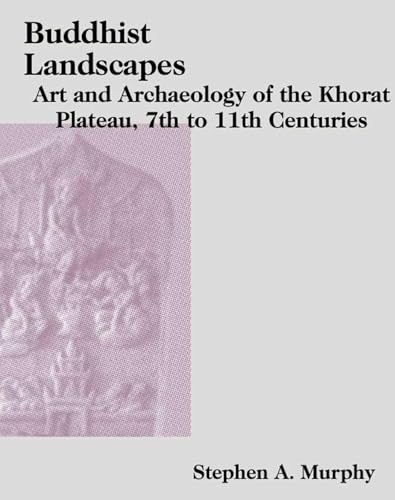A new paper published last week in PLOSOne describes a second mandible found at Tam (Tham) Pa Ling in northeast Laos, a significant site because the age of the bones (63-46 thousand years old) provide the first evidence of modern humans in Mainland Southeast Asia. More importantly, the second mandible, is morphologically distinct from the one described earlier from there, leading the authors to suggest that early modern humans may already have been physically quite diverse.

Two ancient human fossils from Laos reveal early human diversity
EurekAlert, 07 April 2015
Early Modern Humans and Morphological Variation in Southeast Asia: Fossil Evidence from Tam Pa Ling, Laos
Demeter et al.
PLOS One, doi 10.1371/journal.pone.0121193
Little is known about the timing of modern human emergence and occupation in Eastern Eurasia. However a rapid migration out of Africa into Southeast Asia by at least 60 ka is supported by archaeological, paleogenetic and paleoanthropological data. Recent discoveries in Laos, a modern human cranium (TPL1) from Tam Pa Ling‘s cave, provided the first evidence for the presence of early modern humans in mainland Southeast Asia by 63-46 ka. In the current study, a complete human mandible representing a second individual, TPL 2, is described using discrete traits and geometric morphometrics with an emphasis on determining its population affinity. The TPL2 mandible has a chin and other discrete traits consistent with early modern humans, but it retains a robust lateral corpus and internal corporal morphology typical of archaic humans across the Old World. The mosaic morphology of TPL2 and the fully modern human morphology of TPL1 suggest that a large range of morphological variation was present in early modern human populations residing in the eastern Eurasia by MIS 3.
Article is Open Access (yay!) – find it here.


























Interesting. So it is older than the Niah skull!